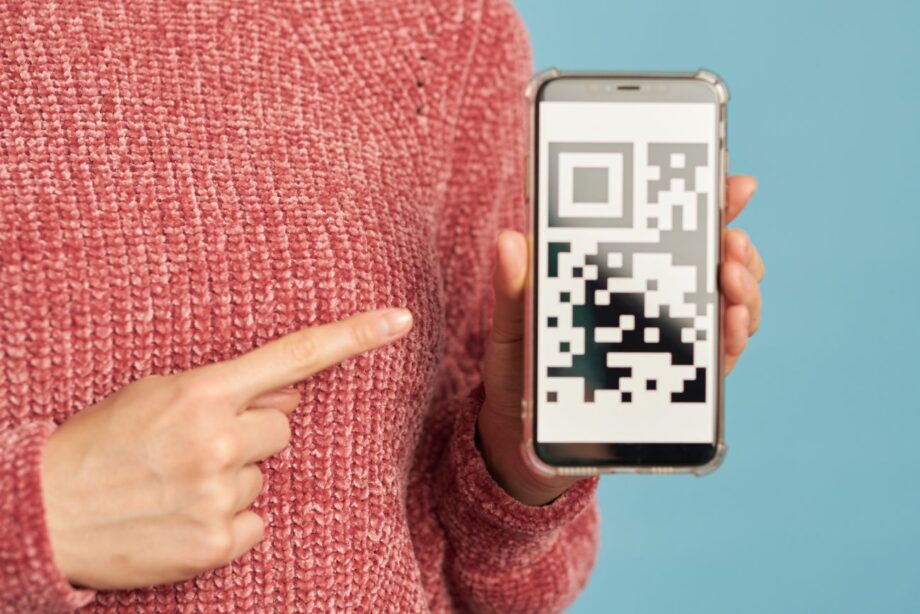Imagine whipping out your phone, scanning a code, and boom – you’ve just paid for your coffee without even touching your wallet. Sounds pretty nifty, right? Well, that’s the magic of QR code payments, and they’re taking the world by storm. In this guide, we’ll dive into the exciting world of QR payments, exploring how they work, why they’re becoming so popular, and what the future holds for this game-changing technology.
What’s the Deal with QR Payments?
QR payments are shaking up the way we think about money. Instead of fumbling for cash or swiping a card, all you need is your trusty smartphone and a QR code. These funky little square barcodes are popping up everywhere, from coffee shops to street vendors, and they’re making payments faster and easier than ever before.
Here’s how it works: you open up your banking app or mobile wallet, scan the QR code with your phone’s camera, and voila! The payment goes through in seconds. It’s like magic, but with less top hats and more technology. And the best part? You don’t need any fancy equipment or special skills – if you can take a picture with your phone, you can make a QR payment.
But QR payments aren’t just about convenience (although that’s a pretty sweet perk). They’re also super secure. Each QR code is unique and encrypted, so your financial info stays safe and sound. Plus, you don’t have to hand over your card or touch any grimy payment terminals – a big win in our germ-conscious world.
Why Are QR Payments Taking Off?
QR payments are spreading like wildfire, and it’s not hard to see why. For starters, they’re ridiculously easy to use. No more memorizing PINs or signing receipts – just point, scan, and you’re done. It’s perfect for our fast-paced world where we want everything done yesterday. But the benefits go way beyond just saving time. For businesses, especially small ones, QR payments are a game-changer.
Imagine you’re a street food vendor. Instead of dealing with a clunky card reader or worrying about having enough change, you can just print out a QR code and stick it on your stall. Boom – you’re now accepting digital payments with almost zero overhead. It’s democratizing commerce in a big way.
QR payments are also helping to reduce fraud. Unlike traditional cards that can be skimmed or cloned, each QR transaction is unique. It’s like having a new credit card for every purchase, but without the hassle of carrying around a wallet full of plastic. And here’s a cool twist – QR payments aren’t just for buying stuff in stores. They’re revolutionizing person-to-person money transfers too. Want to split a bill with friends or pay your roommate for utilities? Just generate a QR code and have them scan it. It’s making those awkward “I owe you” moments a thing of the past.
The Global QR Revolution
QR payments might seem like the new kid on the block in some parts of the world, but in others, they’re already the cool kid everyone wants to hang out with. Take China, for example. Walk down any street in Beijing or Shanghai, and you’ll see QR codes everywhere – from high-end boutiques to street food stalls. It’s so ubiquitous that even beggars have been known to use QR codes to accept donations. Talk about a digital transformation!
But it’s not just China. India’s making huge strides with its UPI system, which uses QR codes to facilitate instant bank-to-bank transfers. It’s been a massive boost for small businesses and is helping to bring millions of people into the formal economy. In Brazil, the Central Bank’s Pix system is doing something similar, processing billions of QR code transactions every year.
Even in countries where card payments have traditionally dominated, QR codes are starting to make inroads. In the UK, for instance, major banks are starting to offer QR payment options, seeing them as a way to streamline transactions and reduce costs. And here’s where it gets really exciting – cross-border QR payments. Imagine traveling to another country and being able to pay for things using your home country’s payment app. It’s already happening in parts of Southeast Asia, where countries are linking up their QR payment systems.
It’s not just convenient for travelers – it’s opening up new possibilities for international trade and e-commerce. But it’s not all smooth sailing. There are challenges to overcome, like standardization (because nobody wants to deal with a dozen different QR payment apps) and concerns about privacy and data security. But with big players like Apple and Google getting in on the action, and governments around the world pushing for digital payment solutions, it’s clear that QR payments are here to stay.
What’s Next for QR Payments?
The future of QR payments is looking pretty exciting. We’re not just talking about buying stuff in stores anymore – we’re entering a whole new world of possibilities. Imagine paying for parking by scanning a QR code on your dashboard, or accessing public transport with a quick scan of your phone. Some cities are already experimenting with these ideas, and it’s just the tip of the iceberg.
One of the coolest developments on the horizon is the integration of QR payments with augmented reality (AR). Picture this: you’re walking down the street, you see a poster for a concert you want to go to, you point your phone at it, and a virtual ticket booth pops up, letting you buy tickets on the spot with a QR payment.
And let’s not forget about the potential for QR payments in the world of smart contracts and blockchain. We could see QR codes being used to trigger automatic payments when certain conditions are met – like paying rent or settling invoices. It’s taking the idea of programmable money to a whole new level. But perhaps the most exciting aspect of QR payments is their potential to drive financial inclusion on a global scale. In parts of the world where traditional banking infrastructure is lacking, QR payments could be a shortcut to bringing millions of people into the digital economy.
Of course, as with any new technology, there are challenges to overcome:
- We need to make sure QR payments are accessible to everyone, including older folks who might not be as tech-savvy.
- What happens when your phone runs out of battery? We might need some kind of backup system.
But despite these challenges, the future of QR payments looks bright. As more countries adopt the technology and more innovative use cases emerge, we’re likely to see QR codes become an even bigger part of our daily lives. So the next time you see one of those funky square barcodes, remember – you’re looking at the future of money.
Promotional content
See also:

